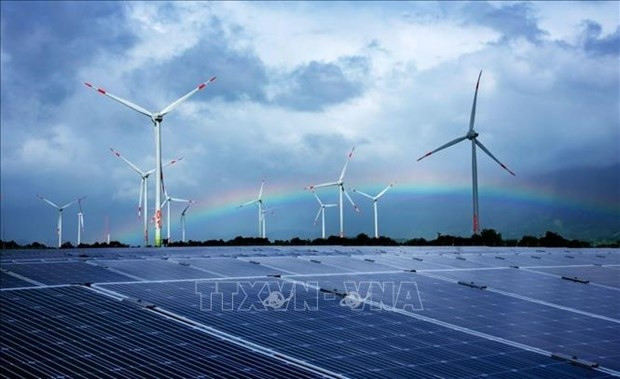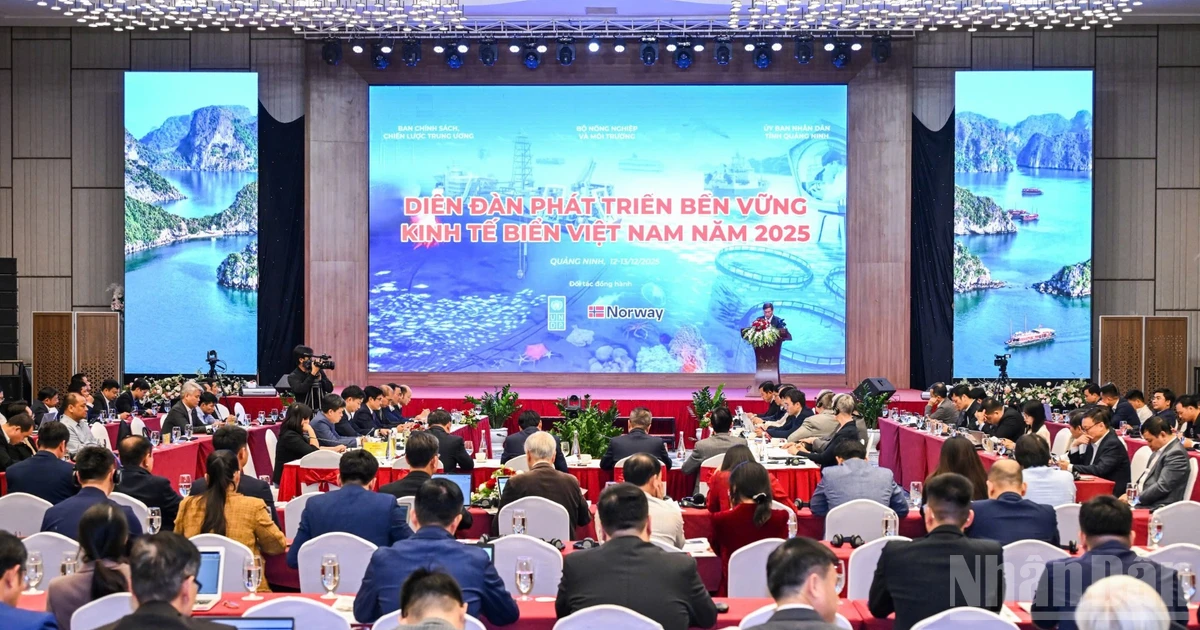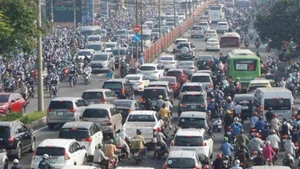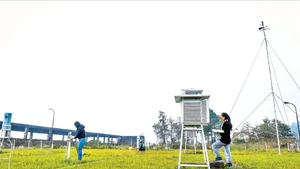The strategy sets the overall goals of proactive and effective adapting to, minimising vulnerability to and damage caused by climate change; reducing emissions towards net zero emissions by 2050; and capitalising on opportunities from climate change response to transform the growth model and improve the economy’s resilience and competitiveness.
Specific targets include maintaining the forest coverage at 43%, supplying clean and hygienic water for 100% of the population and providing safe houses to 100% of households in areas frequently affected by natural disasters by 2050.
Towards the targets, tasks and solutions have been set out, revolving around enhancing the resilience and adaptive capacity of the natural, economic and social systems, as well as ensuring sustainable livelihoods.
Meanwhile, the solutions for reducing damage from natural disasters and extreme weather include increasing investment in and modernisation of climate change monitoring network, hydrometeorological monitoring and weather forecasting.
Per the strategy, the net zero is expected to be realised by 2050, with emissions peak projected to take place in 2035 before a rapid decline.
















